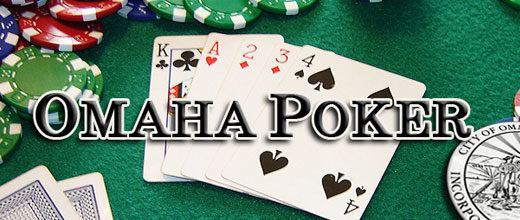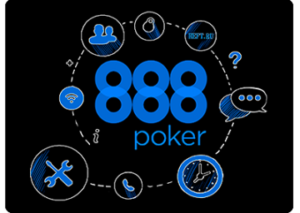Single Table Sit-and-Go
Single Table Sit-and-Go is a unique tournament that poker players love. This game has become the main specialization of professional poker players. This is due to the ability to quickly earn large sums of money. Sit-and-Go is a kind of fast poker, but without an abundance of opponents and game tables.
A simple one-table Sit-and-Go game will definitely not be possible. To be able to quickly react to bets, analyze competitors and make adequate decisions - all this is achieved by months of training and education with professionals.
Features of the Single Table Sit-and-Go
- There are from nine to ten participants in the game at the table.
- In the game, three winners are nominated to split the pot. First place - 50%, second - 30% and third - 20 of the total prize pool.
- The blinds rise once every 10 minutes.
How is one-table sit-and-go played?
The main difference between a tournament and a multi-table tournament is the fast filling of the table and the start of the game process. The classic single-table sit-and-go is divided into four stages, namely:
-
Starting stage. Loose play is started first. To win, it is recommended to use a tight game. There are two reasons for this: At a table whose opponents mean they are playing a loose game, they will use a tight method. And also because of the small blinds. There is practically no “war” for them. Loose play allows you to get rid of several players at the table, but only in the early stages of a single table sit-and-go.
-
The middle of the horizontal bar. After the blinds rise, this stage begins. On average, there will be up to seven players at the table. It becomes a little calmer to play than with ten opponents. The main stage of the game allows you to collect enough information about the other poker players on the table.
-
Bubble game. If there are four players left at the table, the bubble game has started. The one who flies out at this stage will be left with nothing, and the rest will get into the prize zone. Here it is better to change the style of play and switch from an aggressive attack to moderate actions and thorough analytics. The result of the stage directly depends on the stack on hand. Get your opponents into a stupor: put all-in and wait for the result of long deliberations from your opponent. Here you need to clearly know the nuances of the cards that are in the hands of the players at the table.
-
Distribution of prizes and distribution of roles. Now you have to find out the true winner of the three players at the table. It is better to choose tactics of pressure on opponents.



